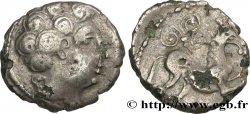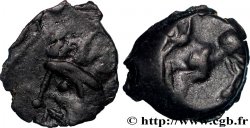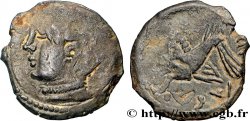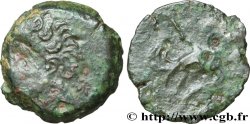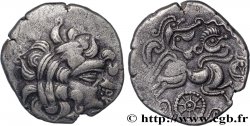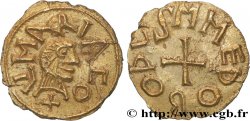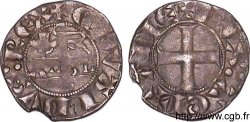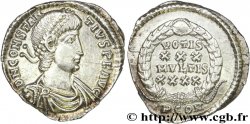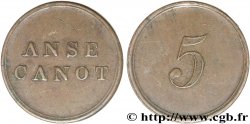Live auction - bga_823837 - GALLIA - ARVERNI (Area of Clermont-Ferrand) Statère d’or au lys et à la cigogne, type CAS
Чтобы принять участие в торгах, вы должны войти в систему и стать подтвержденным участником аукциона. Войдите, чтобы сделать ставку. Ваш аккаунт будет подтвержден в течение 48 часов. Не ждите до закрытия торгов, чтобы зарегистрироваться.Сделав ставку на данный товар, вы вступаете в юридическое соглашение на покупку выбранного товара и нажатием кнопки «Сделать ставку» подтверждаете принятие вами условий интернет-аукционов cgb.fr.
Ставка может бить сделана только в полном эквиваленте евро. Торги закроются согласно времени, указанному в описании товара, все ставки, сделанные после закрытия торгов, учитываться не будут. Не следует откладывать предложение вашей ставки до последнего момента, так как система может не успеть обработать вашу заявку, и ваша ставка не будет принята. Более детальную информацию вы найдёте здесь: FAQ по интернет-аукционам.
Все ставки победителей подлежат комиссии 18%.
Все ставки победителей подлежат комиссии 18%.
| Оценить : | 8 000 € |
| Цена : | 4 100 € |
| Максимальная предлагаемая цена : | 4 400 € |
| Конец торгов : | 06 June 2023 16:39:37 |
| Участников : | 2 Участников |
Тип Statère d’or au lys et à la cigogne, type CAS
Дата: c. 60 AC.
Металл: gold
Диаметр: 18 mm
Ориентация осей монеты: 9 h.
Вес: 7,32 g.
Редкость: R3
Комментарии о состоянии
Joli monnaie sur un flan court et centré, éclaté à dix heure. Belle tête au droit malgré un plat de frappe se retrouvant au revers
Происхождение:
Monnaie provenant de la collection André Libaud.
Avec son certificat d'exportation de bien culturel n°225107 délivré par le ministère français de la Culture
Лицевая сторона
Аверс: легенда: [CA]S.
Аверс: описание: Tête diadémée masculine, jeune, imberbe à gauche, les cheveux courts.
Обратная сторона
Реверс: легенда: ANÉPIGRAPHE.
Реверс: Описание: Cheval bondissant à gauche ; un lys au-dessus de la croupe ; cigogne sous le poitrail.
Комментарий
CAS a été interprété par de Saulcy comme étant le nom abrégé de CASTILLUS, chef gaulois, père de Vercingetorix (BG, VII, 4).
Cette série CAS se divise en trois selon les symbole autour du cheval ; une esse et une amphore comme sur les statères au nom de Vercingétorix, un lys et une cigogne comme sur notre exemplaire ou un lys et un trèfle. Ces monnaies circulent encore pendant la Guerre des Gaules.
.
CAS was interpreted by de Saulcy as being the abbreviated name of CASTILLUS, Gallic chieftain, father of Vercingetorix (BG, VII, 4). This CAS series is divided into three according to the symbols around the horse: an esse and an amphora as on the staters in the name of Vercingetorix, a lily and a stork as on our example or a lily and a clover. These coins were still in circulation during the Gallic Wars.
Cette série CAS se divise en trois selon les symbole autour du cheval ; une esse et une amphore comme sur les statères au nom de Vercingétorix, un lys et une cigogne comme sur notre exemplaire ou un lys et un trèfle. Ces monnaies circulent encore pendant la Guerre des Gaules.
.
CAS was interpreted by de Saulcy as being the abbreviated name of CASTILLUS, Gallic chieftain, father of Vercingetorix (BG, VII, 4). This CAS series is divided into three according to the symbols around the horse: an esse and an amphora as on the staters in the name of Vercingetorix, a lily and a stork as on our example or a lily and a clover. These coins were still in circulation during the Gallic Wars.







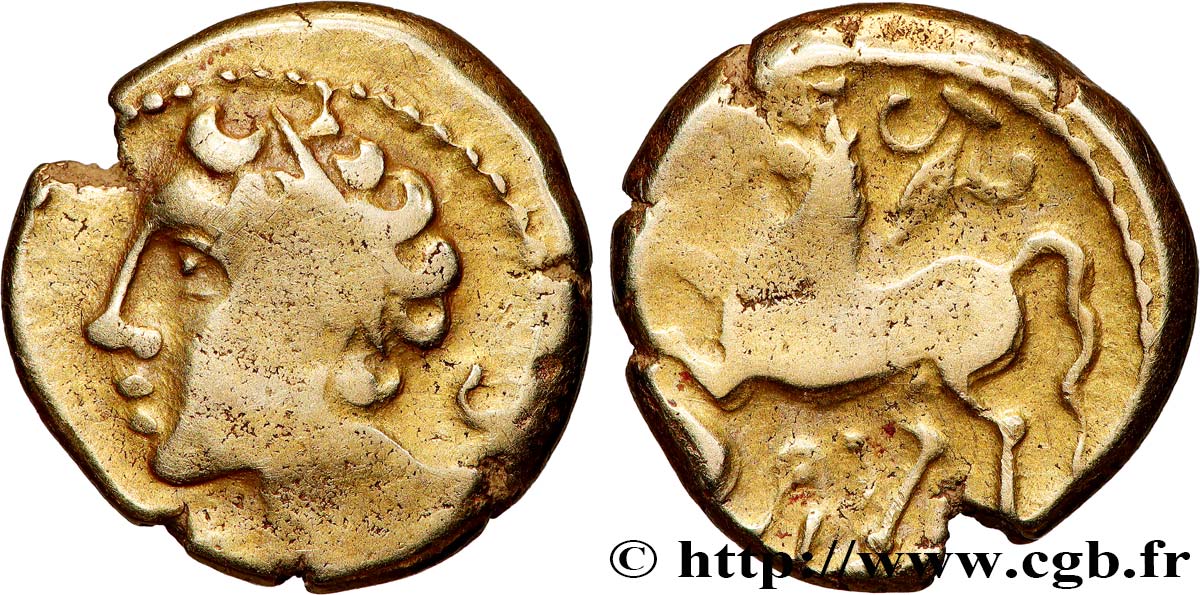
 Cообщить об ошибке
Cообщить об ошибке Распечатать страницу
Распечатать страницу Отправить мой выбор
Отправить мой выбор Задать вопрос
Задать вопрос Consign / sell
Consign / sell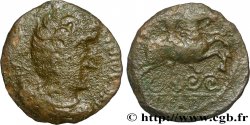
 Информация
Информация